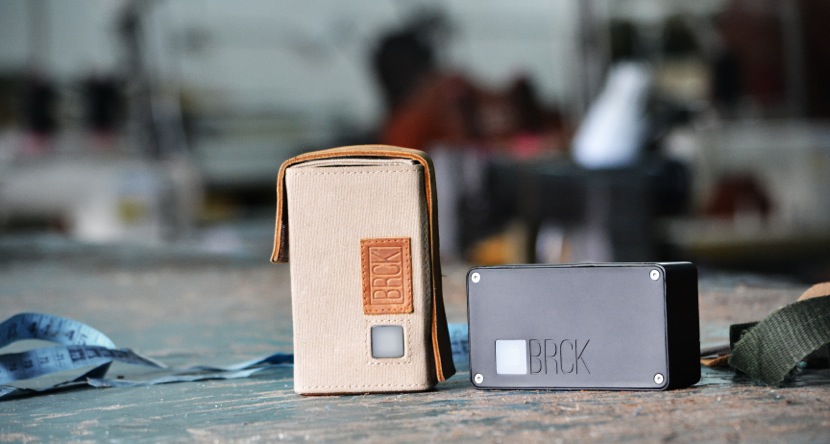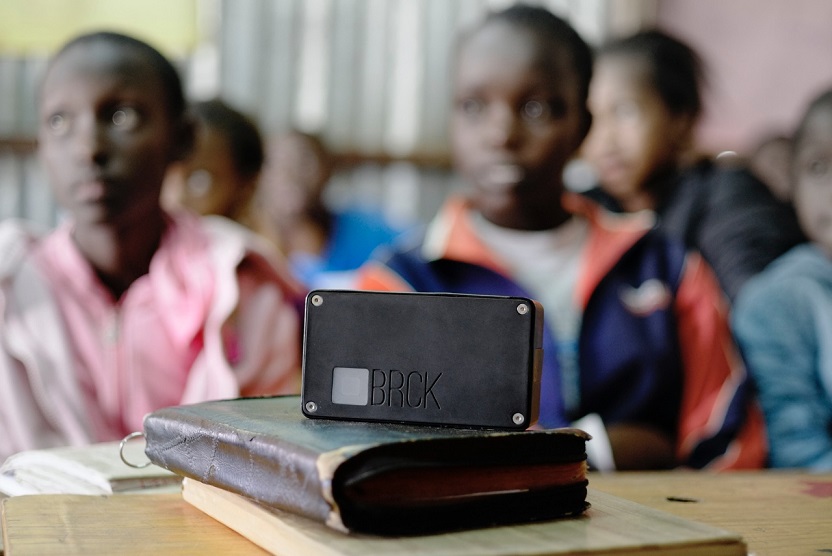Back in 2013, Kenyan software company, Ushahidi set out to redefine the way Africans connect to the world. The result was their first foray into hardware – BRCK.
BRCK is a robust, yet portable device, capable of withstanding the harshest physical conditions, switching intelligently between multiple internet sources, connecting to multiple local devices and lasting for extended hours on battery power; in short, the most practical answer yet to Africa’s challenges of constant connectivity and power.
They call it “the backup generator for the internet”.
It’s been almost a year since the successful Kickstarter campaign that enabled Ushahidi carry on with production plans. And now BRCK is about ready to launch. TechCabal got in touch with Co-founder Erik Hersman, via Email, to find out more about the imminent launch, the challenges so far and the plans for the future.
BRCK is set to launch very soon and will retail for about $199. Is there a specific date for this launch?
We’re going into production in 10 days, so shipping will happen at the end of April.
We understand that BRCK was designed and developed solely in Kenya. What were the challenges experienced by choosing to design and develop in Africa?
Most people don’t truly understand how different it is to design and engineer a consumer electronics item from Kenya, or really anywhere in Africa. There are a lot of challenges that come with this, including component costs, shipping and finding the necessary talent to execute upon a complex product. This is why most of the physical consumer electronic products that people talk about being made in Africa are actually not – instead they are white-labelled versions of something from Asia.
This of course begs the question, “If it’s more expensive in both time and money, why do you design and engineer the BRCK in Kenya?”. For two reasons:
First, because doing this allows us to rethink a lot of the assumptions that existing products have. Africa is not Europe or the US, it does not have the same technological infrastructure or power infrastructure, so why do we keep trying to use equipment made for these other environments in our own? Every time the power goes out, every time the undersea cable is cut, we deal with internet connectivity issues – this is mostly a problem of the routers we have being designed for a world where the power never goes off and the internet never goes down. It doesn’t need to be this way, since we can re-think and build our own solutions that meet our own needs.
Second, we are developing a company here, not a fly-by-night product. BRCK v1, which is shipping in a couple weeks is good and solid, and we want our v2 and v3 products to be heads above everyone else. This means thinking long-term about who we are, where we are and what we build. In our case, if the long-term strategy is to build the best connectivity tools for the African market, then we need to be in this market to design them. No one in the US would design a router to withstand 400v of current, or to be charged off of a car battery – we did. Why? Because we know this is what happens.
However there’s a larger, deeper issue that isn’t being addressed by some of Africa’s largest and most forward-thinking economies. Kenya, Nigeria, Ghana and others all lack a true drive to see an industrial manufacturing economy become a reality. Small companies like BRCK can never hope to do final assembly and manufacture in Kenya when the legislation, duty and taxes all make it unprofitable to do so. The governments in these countries haven’t set up the right incentives, nor the right mechanisms to encourage greater local manufacturing, and until they do so, this spectrum of the business will have to be done elsewhere.
You recently shared a photo on Instagram portraying BRCK’s usage in powering tablets and Raspberry Pi’s in classrooms, could you shed more light on that? Particularly if there will be an organised structure to this use case; are there any local education agencies already on board?
We’re still in the early days for BRCK, so while there has been a great deal of interest by educational institutions from across Africa, we don’t have them in the schools yet. What you saw, and what I wrote about on my blog post titled, “Our problem is internet” on BRCK in Schools, outlines the challenges and opportunities around supplying reliable internet in African schools, which are increasingly trying out digital solutions.
Will BRCK be available beyond Kenya? What are the distribution channels – do you have any distribution deals with local distributors/agencies?
We’re starting with 800 units, most already pre-bought. These are being shipped to over 30 countries that cover Africa, Asia, Latin America, the US and Europe.
At launch the BRCK can be purchased online at www.brck.com, and the buyer will pay for shipping to their country. We’re working on distribution partnerships for key markets right now. If there’s a great demand in Nigeria, then I can imagine we’ll have a distribution partner there to work with and allow it to be bought in a local shop.
***
Visit the official website to find out more about the BRCK specs






















